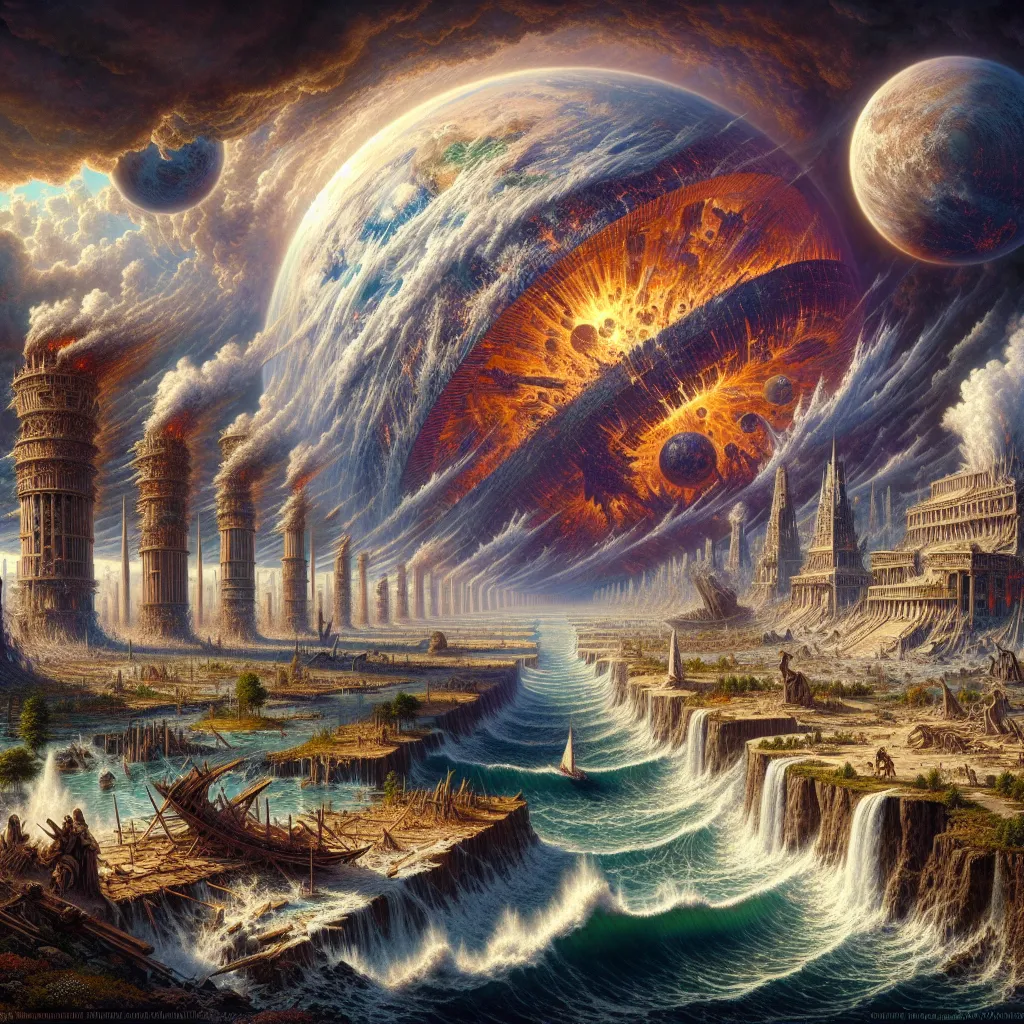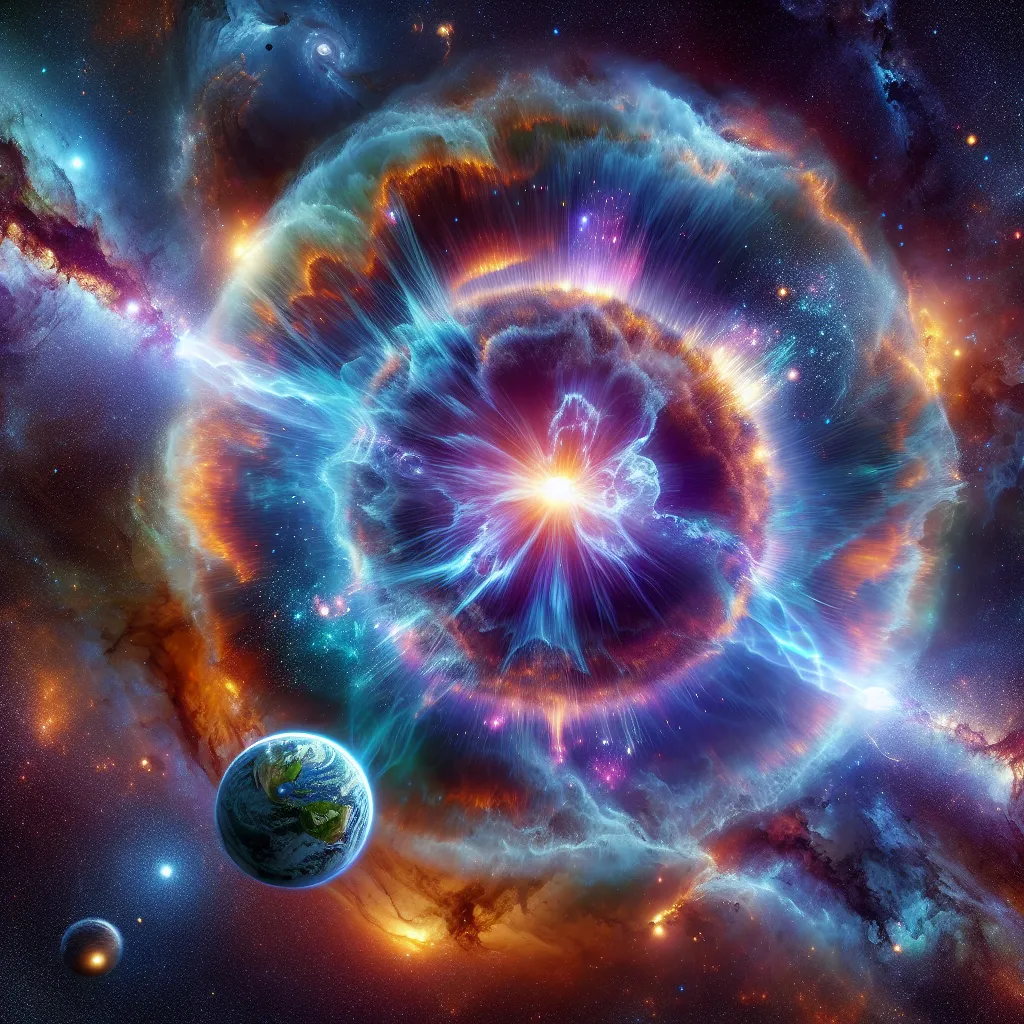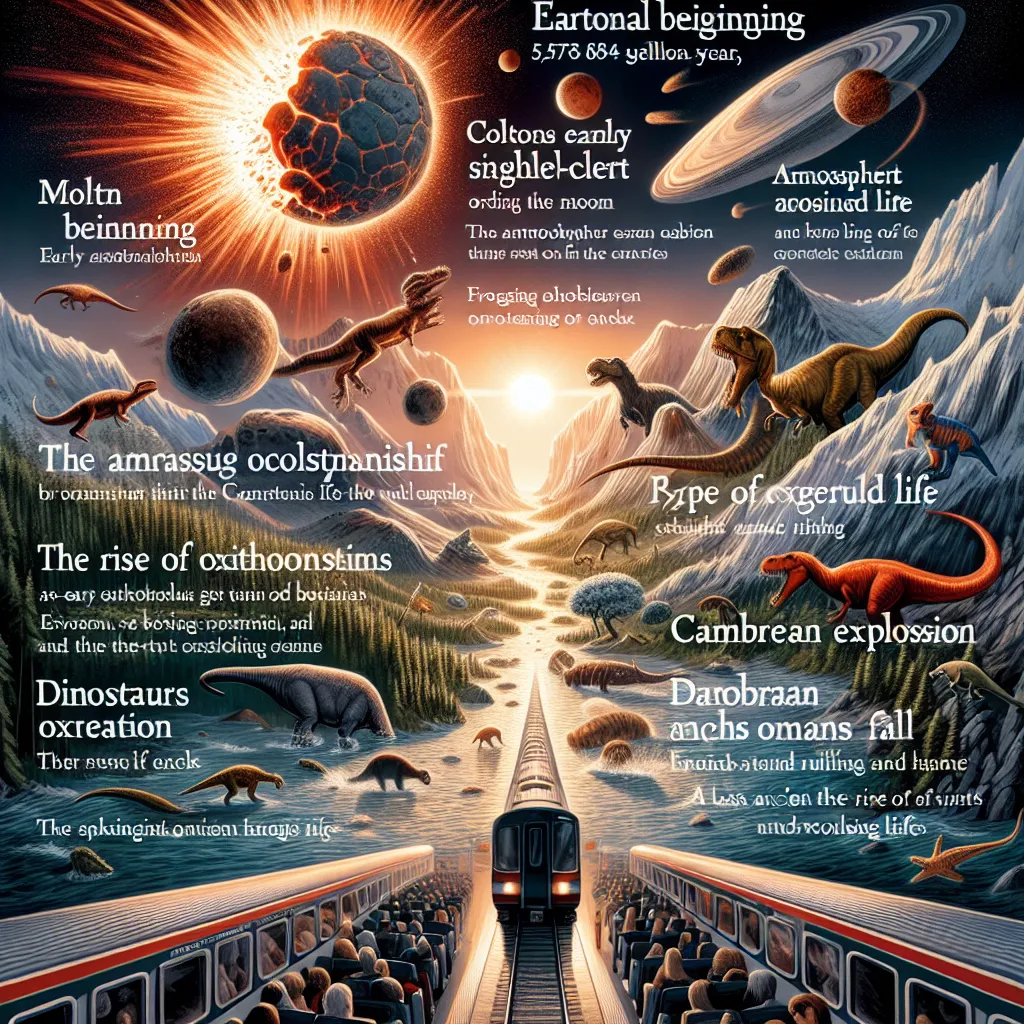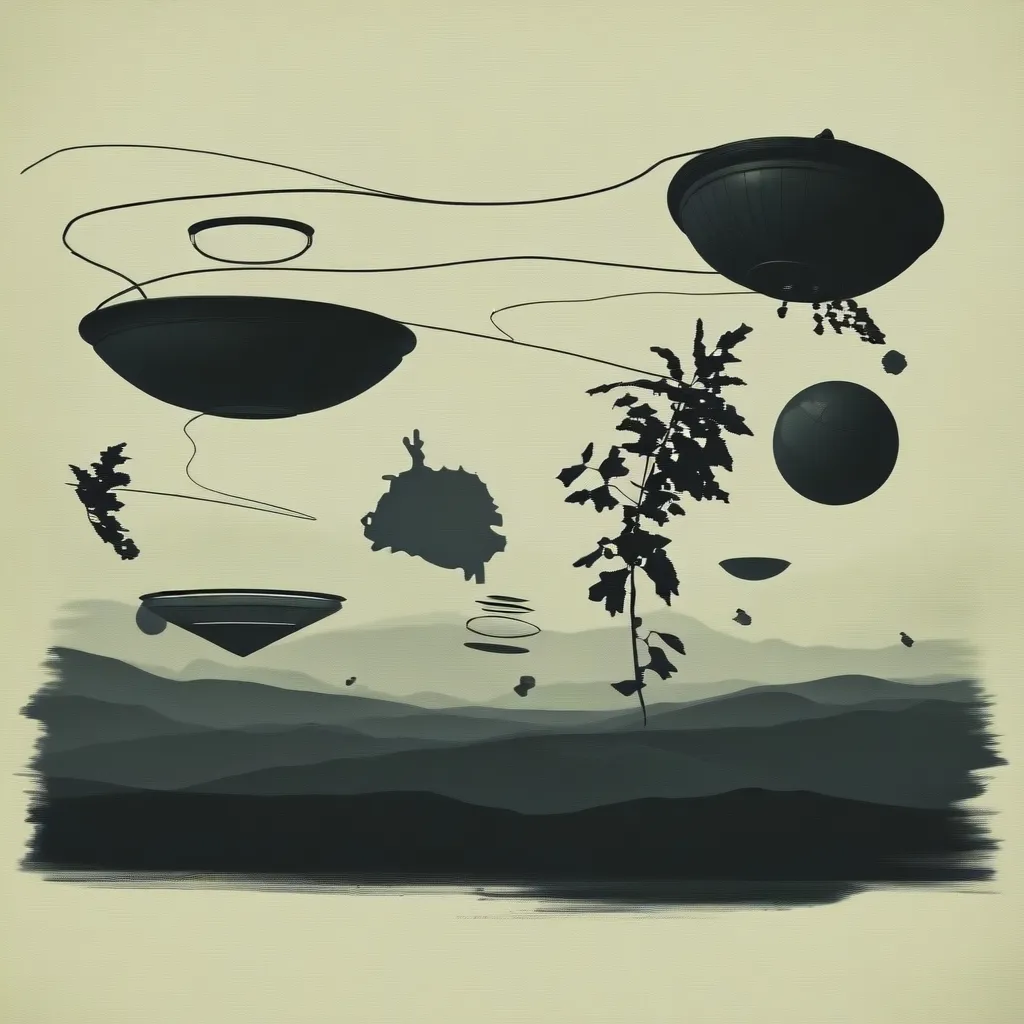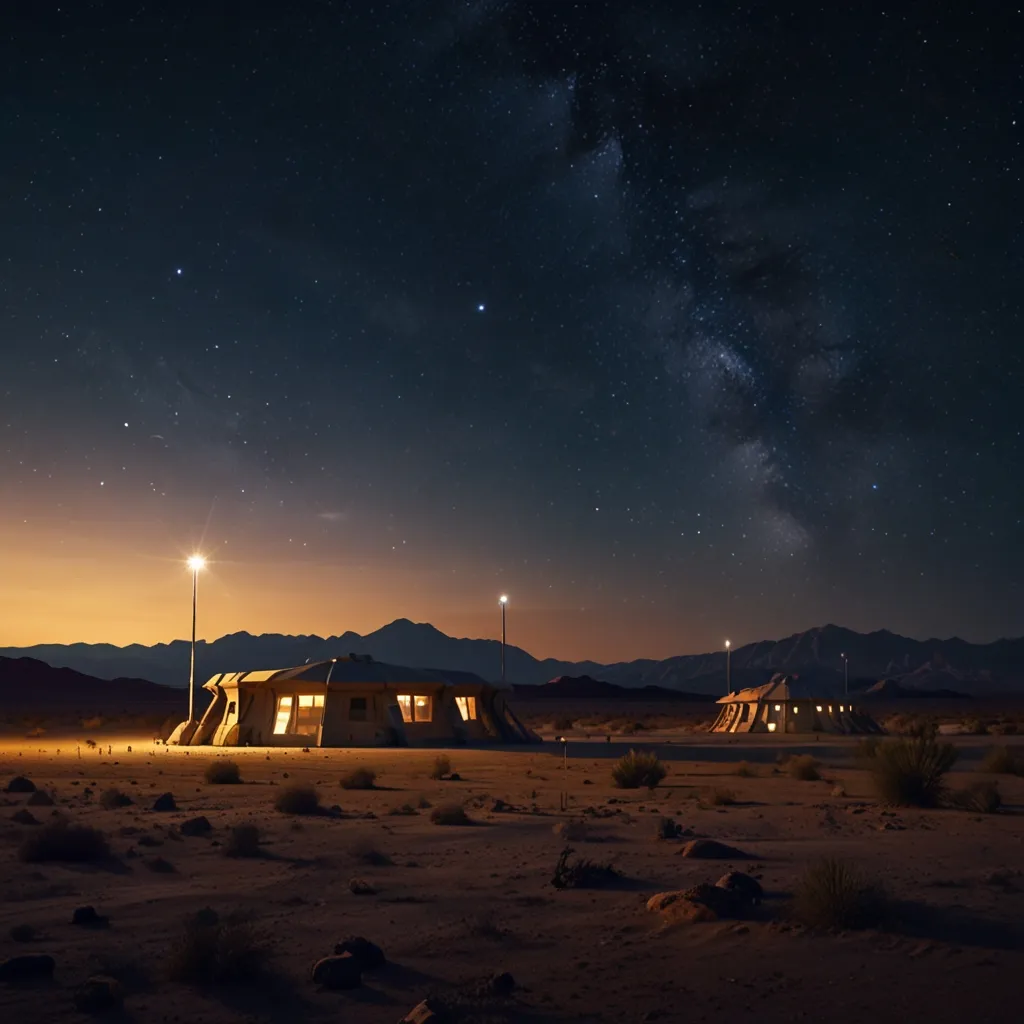In 1966, Dr. Chan Thomas, a former McDonnell Douglas engineer, wrote a book titled “The Adam and Eve Story.” This wasn’t your typical end-of-the-world narrative; Thomas detailed a cataclysmic pole shift that he claimed would periodically wipe out most of humanity. It was immediately classified by the CIA, and we only got a sanitized version of it decades later. Why so secretive? The theory itself could be terrifying: a rapid pole shift resulting in catastrophic geological and climate changes.
According to Thomas, Earth’s poles shift every few thousand years, causing massive earthquakes, supersonic winds, and tsunamis that lead to almost total destruction. This traumatic event pushes humanity back into a Stone Age-like era, erasing all signs of advanced civilization. Thomas believed we are the sixth advanced civilization on Earth, suggesting that earlier ones have been lost to time due to their continents disappearing.
He wasn’t alone in proposing such theories. Earlier, Charles Hapgood had suggested similar ideas in his 1958 book “The Earth’s Shifting Crust,” arguing that continental drift could occur rapidly during these pole shifts. Although initially ridiculed, some of Hapgood’s theories have gained acceptance, with even Albert Einstein weighing in supportively.
Thomas’s detailed apocalyptic vision, though dismissed by many as pseudoscience, finds eerie alignment with various ancient myths and geological evidence. Stories of great floods that wipe out civilizations exist across cultures—from Noah’s flood in Abrahamic traditions to similar stories in Mayan and Sumerian myths. What’s chilling is that scientific evidence shows these great floods did indeed occur, especially around the end of the last Ice Age, known as the Younger Dryas period.
Thomas went further, suggesting advanced pre-flood civilizations like Atlantis and Mu, destroyed by these cataclysmic events. The theory posits that massive geological changes reshaped Earth’s landscape, wiping out these civilizations. The discovery of underwater structures like the Yonaguni Monument off Japan’s coast and the peculiar Moai statues on Easter Island adds layers to these intriguing claims.
As for the mechanics of a pole shift, Thomas explained that the Earth’s magnetic and electrical systems periodically destabilize, causing its crust to become a free-floating shell. When this happens, the ice caps’ weight could yank the planet off its axis, leading to catastrophic environmental changes in less than a day. The earth’s surface would undergo drastic temperature changes, with one side boiling and the other freezing, creating uninhabitable conditions almost instantaneously.
While some of Thomas’s predictions might seem far-fetched, many aspects have been corroborated over time. The shifting magnetic poles and the geological record of past cataclysmic events indicate that significant changes could indeed happen. Recent findings show that the Earth’s magnetic poles are moving faster and its field weakening, raising questions about what the near future holds.
However, modern science provides assurances amidst these uncertainties. Although pole shifts are real, they happen over vast timescales and aren’t expected to cause the immediate, planet-wide destruction that Thomas described. Still, weakened magnetic fields could leave us vulnerable to solar storms, potentially disrupting technology and power grids here on Earth.
In summing up Thomas’s legacy, it seems some pseudoscientific ideas might be worth more exploration than outright dismissal. Amidst our comfortable existence, his theories serve as a poignant reminder of Earth’s dynamic, ever-changing nature and our small place within it.
Thanks for hanging out with me today! Till next time, be safe, be kind, and always stay curious.
